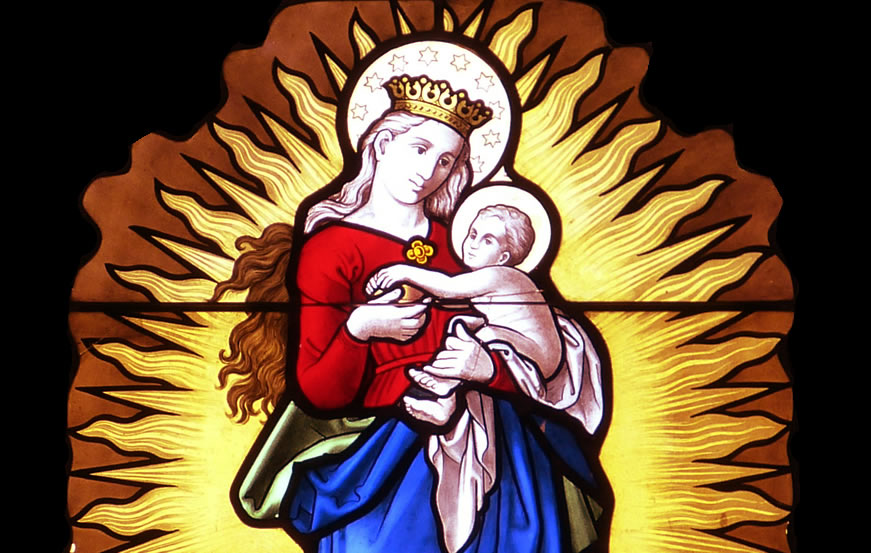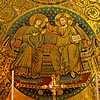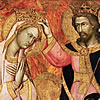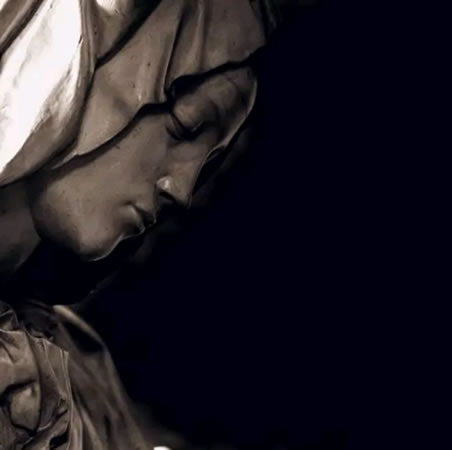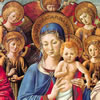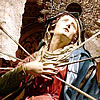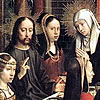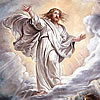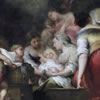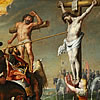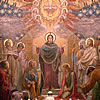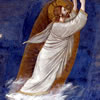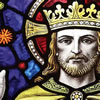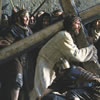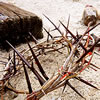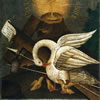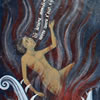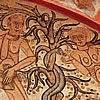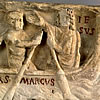Mary, Help of Christians
The early Christians called Mary by two names: Mother of God, and The Helper. The oldest documented prayer to Mary is called the Sub Tuum Praesidium that invokes her in our physical and spiritual battles. It seems to be the prayer where we get the Memorare today. From this, we can intuit that Mary has been seen as a helper of her son’s flock.
One famous instance of Mary helping Christians was during the struggle against Muslim invaders in the 1500s. During that time, the Ottoman Empire had already occupied southeastern Europe, western Asia, and Northern Africa – and it aggressively fought its way to take Western Europe.
Pope Pius V was alerted of a plan that Ottoman Turks were going to stage a naval attack from Lepanto and sail to Italy. The pope assembled Christian armies called the Holy League composed of Austria, Spain, Venice, Papal States, Genoa, Savoy, Urbino, Tuscany, the Knights Hospitaller, and other smaller groups. They formed a fleet that sailed eastward, while the pope invoked Mary, the Help of Christians, to defend the kingdom of her son.
The Holy League met the Ottoman fleet at the Gulf of Patras. There the naval combat raged throughout the day with the Christians winning the melees. Smaller and isolated fighting raged throughout the night, but it was already clear that the Christians were going to emerge victorious. This triumph was important because it devastated the Ottoman navy to a point it halted any Ottoman military expansion into Western Europe.
Around two centuries later, Mary was to play a role in another “invasion.” Napoleon took over France and unsatisfied with his power, wanted to use religion to command the obedience of those who struggle against him. Pope Pius VII was against this idea so Napoleon had him kidnapped. The pope was dragged away over the Alps and treated so badly that his bowels were blocked, he couldn’t urinate, and he developed a high fever. A doctor, who inspected him upon arriving in Lyon, thought it was a miracle that he was even alive.
The pope was kept for over five years where he was subjected to trials and humiliation in the hope that he would bend to Napoleon’s will. There are stories that narrate how the pope was injected with morphine to break his will, but nothing could make him bow to Napoleon’s nefarious plans.
In the Battle of Leipzig, a coalition of armies from Russia, Prussia, Austria, and Sweden defeated the army of Napoleon. Subsequently, the pope was released and was seen as a hero of the Faith for having resisted the cruel attempts to make him succumb to a secular power. The pope attributed the victory to Mary’s intercession and visited the sanctuaries of Our Lady where he crowned her images. When Napoleon was finally conquered in Waterloo, the pope gave thanks to God and Mary by declaring May 24 as the Feast of Our Lady, Help of Christians.
The Old Testament is replete with heroines who stand up and make a decisive blow to the enemy of God’s people. Jael and Judith are two of these; they crushed the head of Sisera and Holofernes – leaders of armies sent to invade Israel. They foreshadow Mary, the heroine of the New Testament who is a warrior queen who, until today, fights against those who want to harm her son and his kingdom.
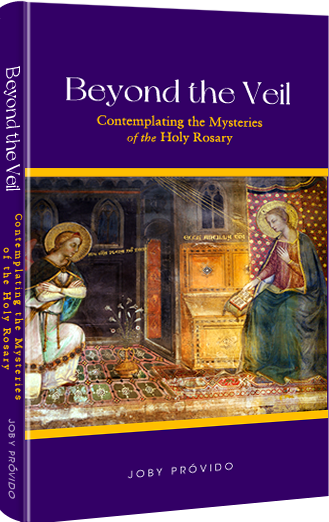
Beyond the Veil
Contemplating the Mysteries of the Holy Rosary
Prayer giants like Pope St. John Paul II, Pope Paul VI, Bl. Archbishop Fulton Sheen, and Bishop Robert Baron advocate that we contemplate on the mysteries of the rosary while we say the vocal prayers. Unfortunately, there are not many books that teach us how to do this. Beyond the Veil comes to the rescue by suggesting seven ways we can pray the rosary the way it was intended.
The larger part of the book offers mental images for each of the mysteries we can use in our contemplation, for how can we imagine the scenes in the rosary if we don't know about them?
Get your copy now either in Hardbound, Paperback, or Kindle
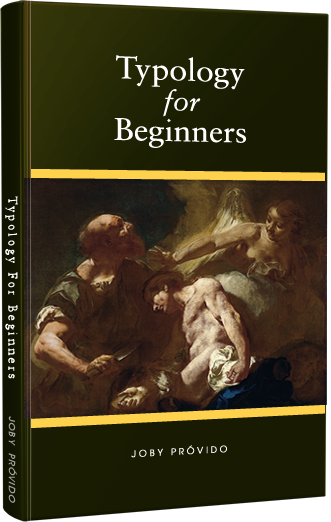
Typology for Beginners
A Catholic Perspective on understanding the New Testament through the Old Testament
First-century Jews converted to Christianity in droves because of the way the New Testament was written to show Jesus was the Messiah promised by the Old Testament. We also learn about how Mary is the New Eve and the Ark of the Covenant in the way the writers portray her.
Through typology, the patterns that connect the Old and New Testaments make the Bible stories more accessible so that one becomes excited to read Sacred Scripture again.
Get your copy now either in Hardbound, Paperback, or Kindle
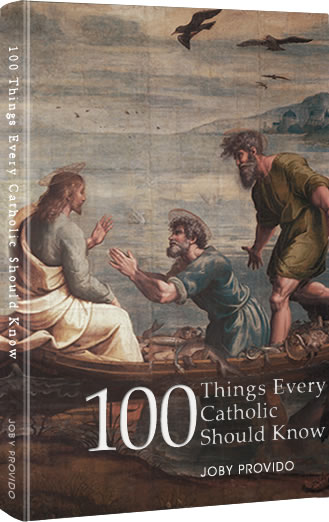
100 Things Every Catholic Should Know
Whether or not you are new to the Catholic Church, or struggling, or lapsed, or dynamically involved, this book will enlighten you with the essentials of the Faith that have been handed down to us by the apostles.
Each of the 100 topics is easy to read and distilled into bite-sized portions. Through cross-referencing, the book also shows how the topics are interrelated. Those who are new to the Faith will find this book an edifying handy reference, and those who have simply forgotten will find it a great review material that might spark a new love for God and religion.
Get your copy now either in Hardbound, Paperback, or Kindle

A Sky Full of Stars
Know Our Lady through her Titles in the Litany
The Church helps us understand who Mary is by honoring her with different titles in the Litany of the Blessed Virgin Mary. Unfortunately, over time and difference of culture, we might not grasp what it is the Church is ascribing to her and lose that opportinity to get to know her.
In A Sky Full of Stars, each title of the Litany is explained so we get know Mary more and fall in love with her all over again.
Get your copy now either in Hardbound, Paperback, or Kindle


